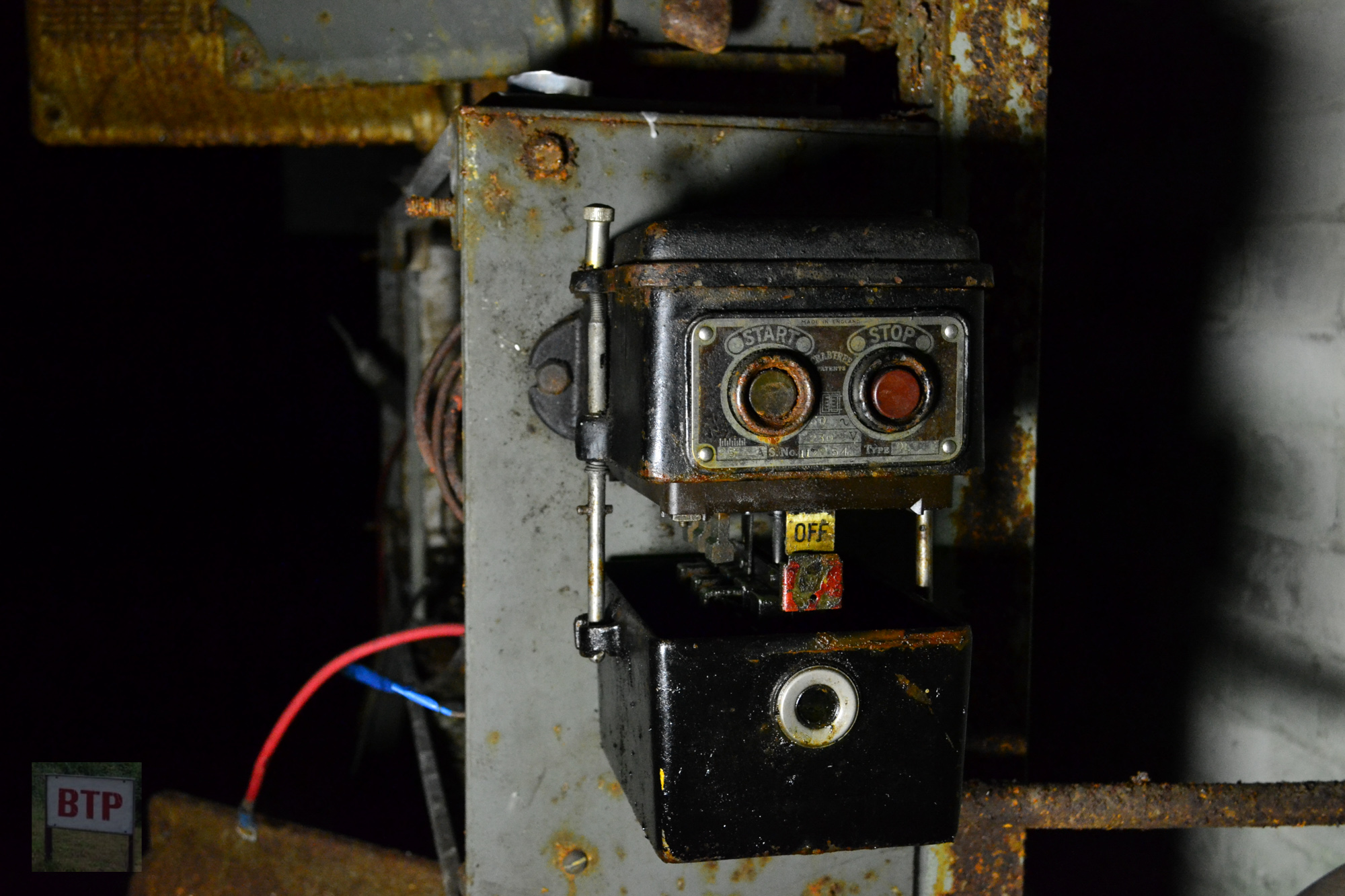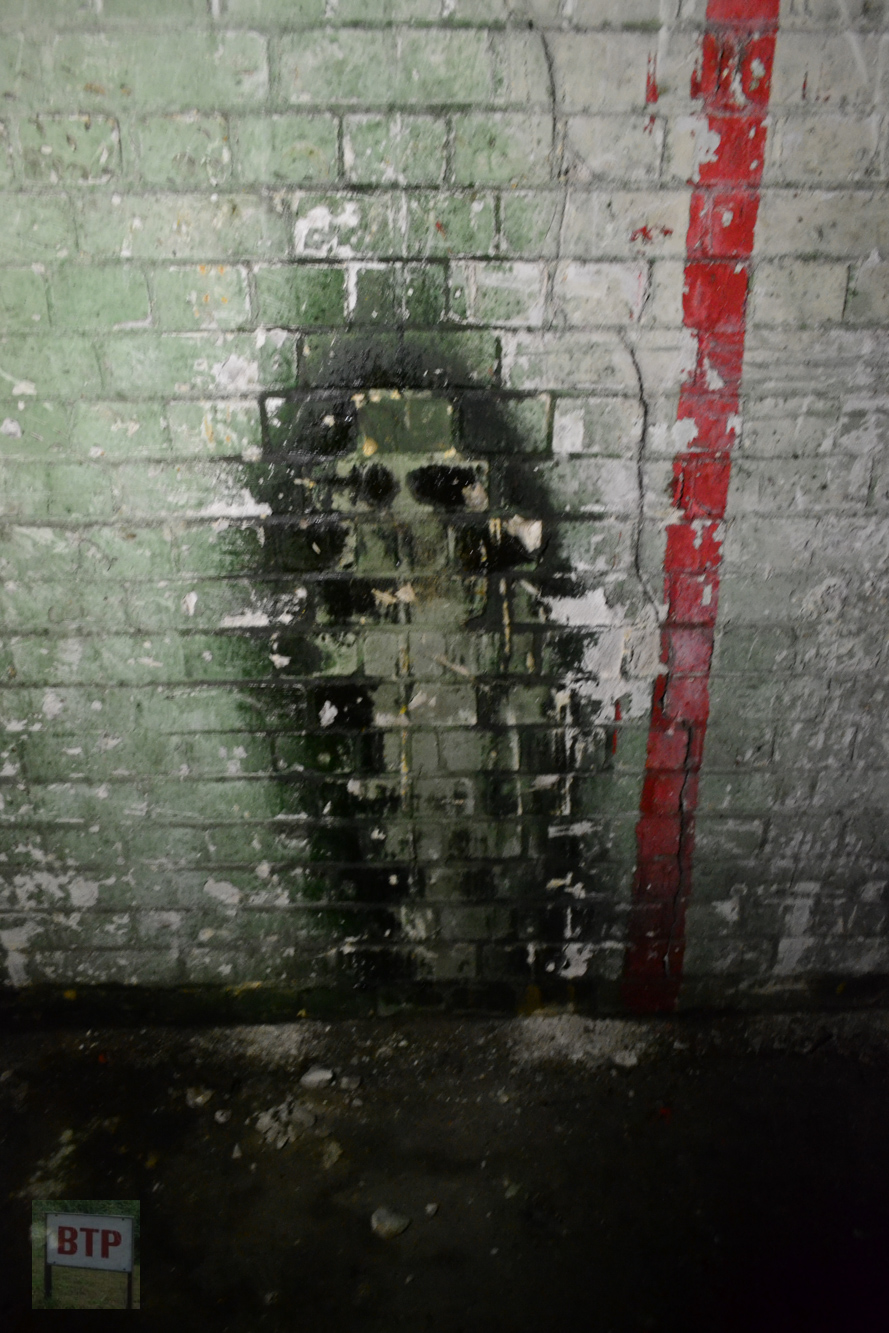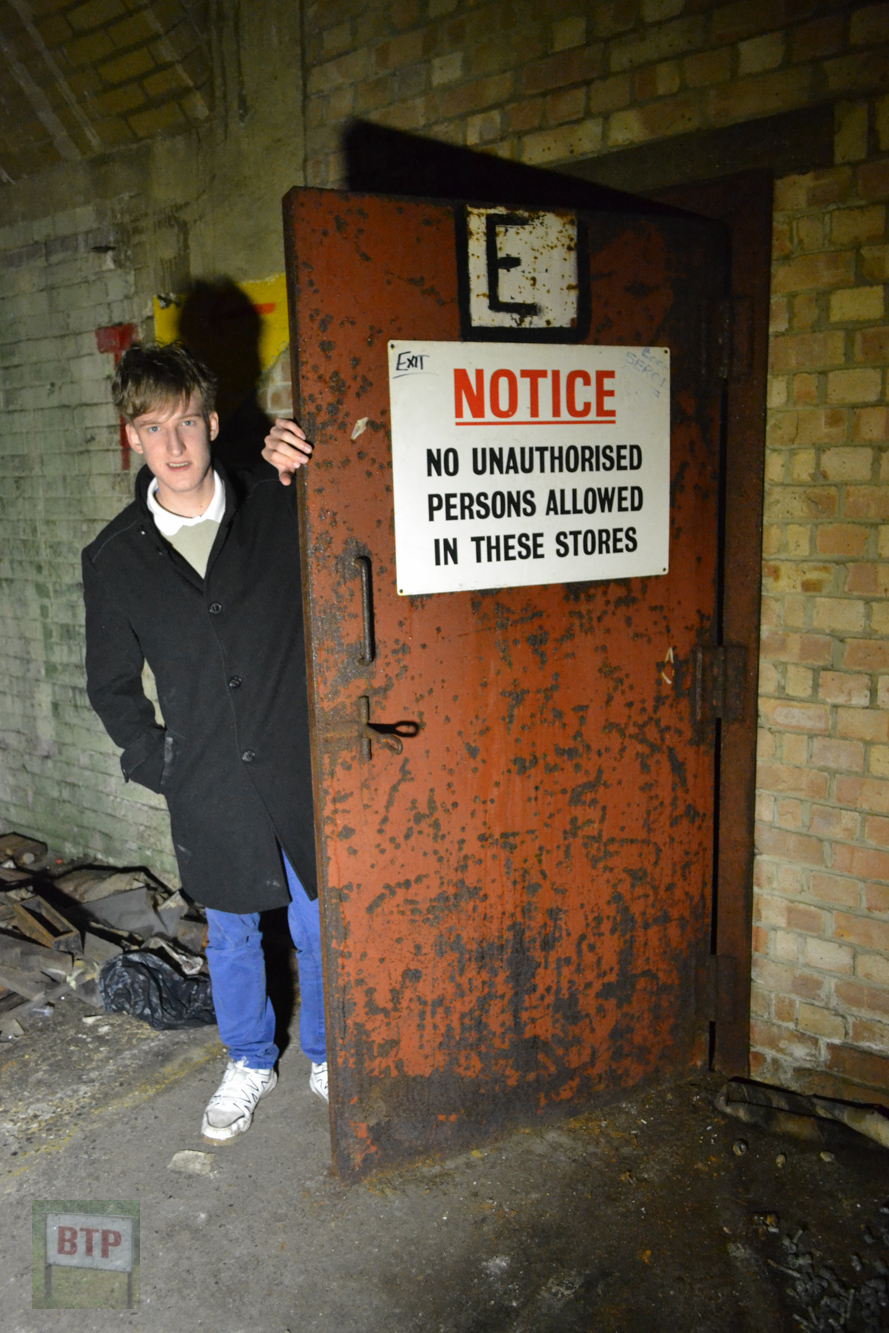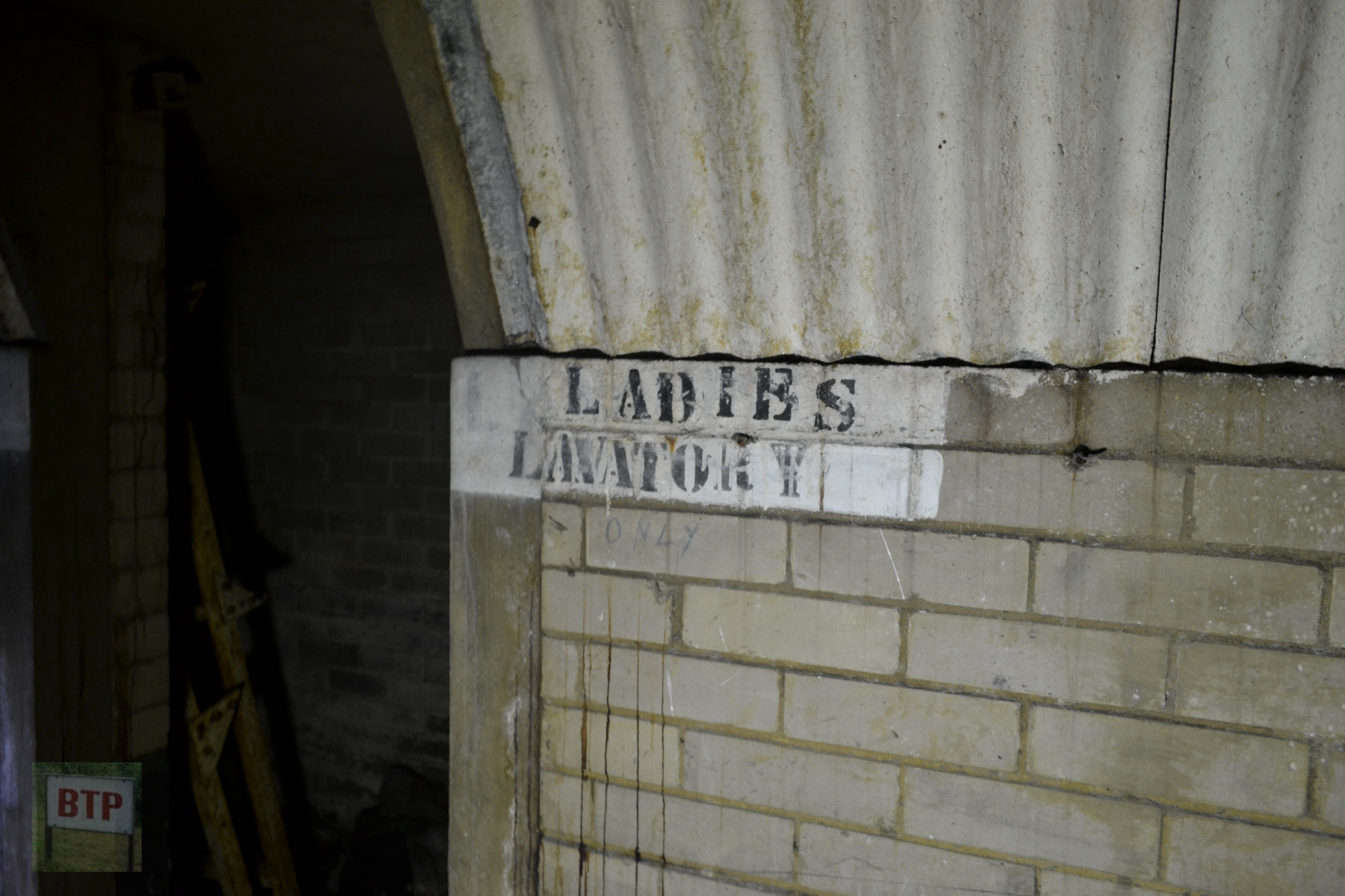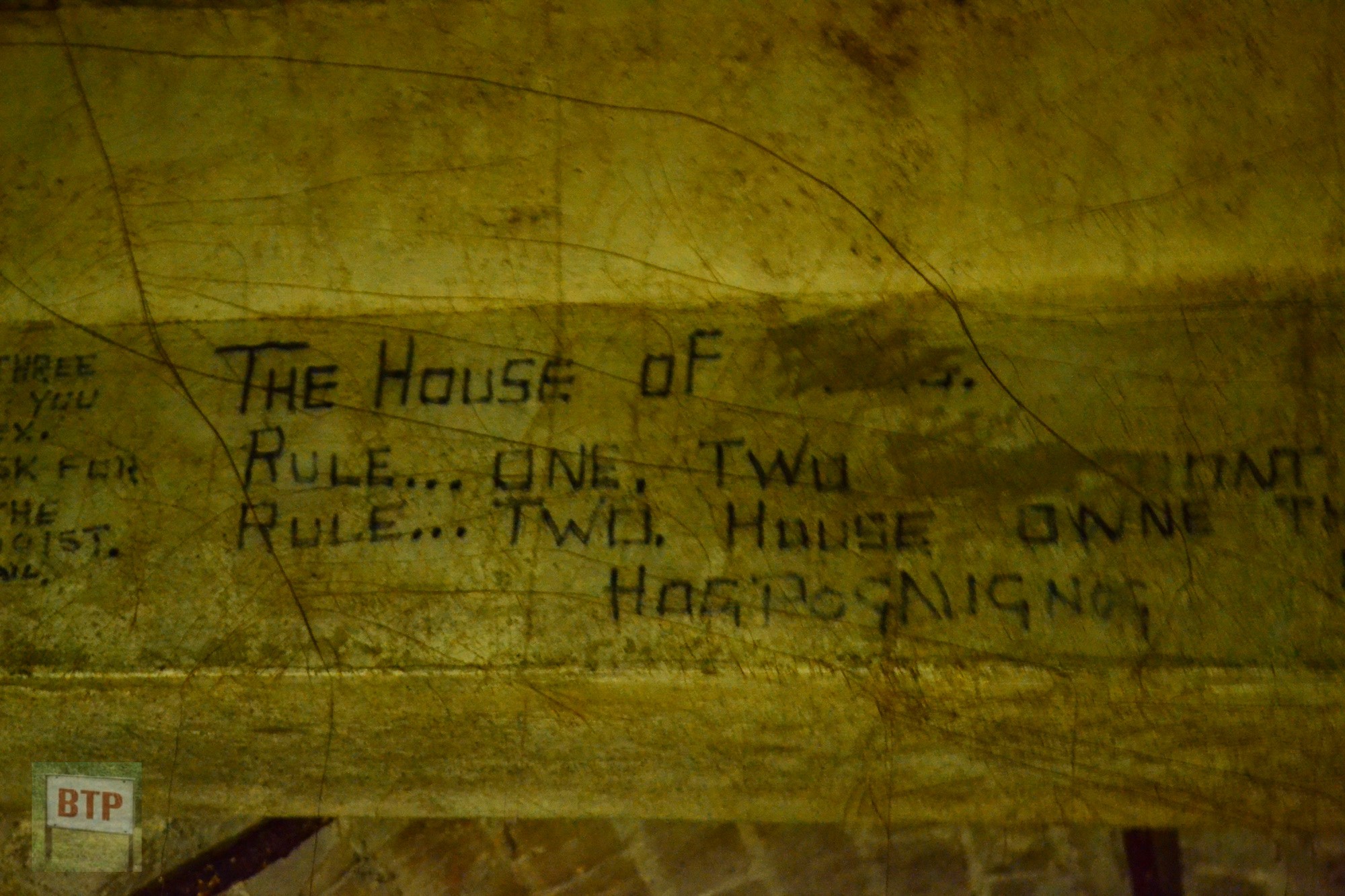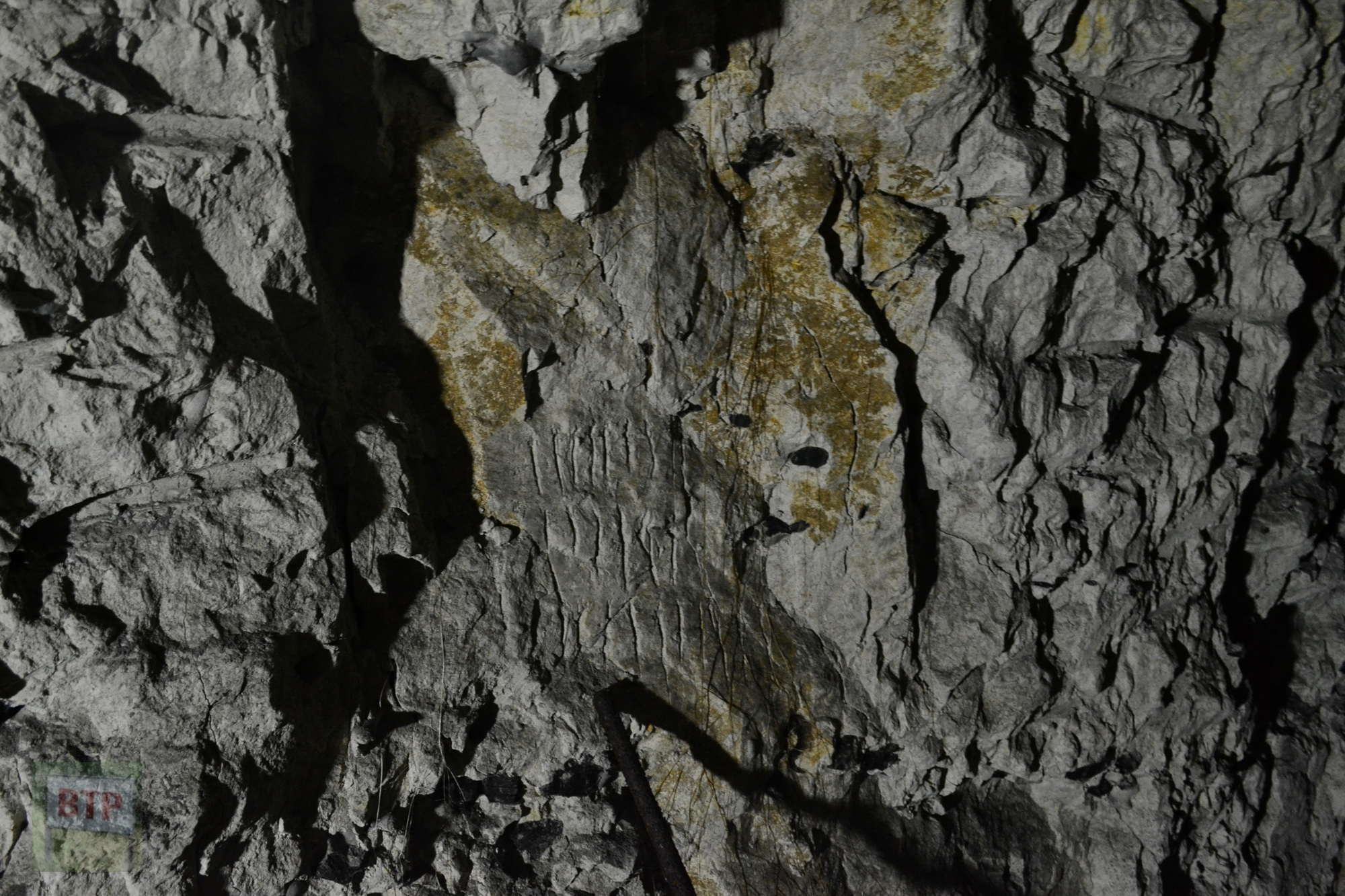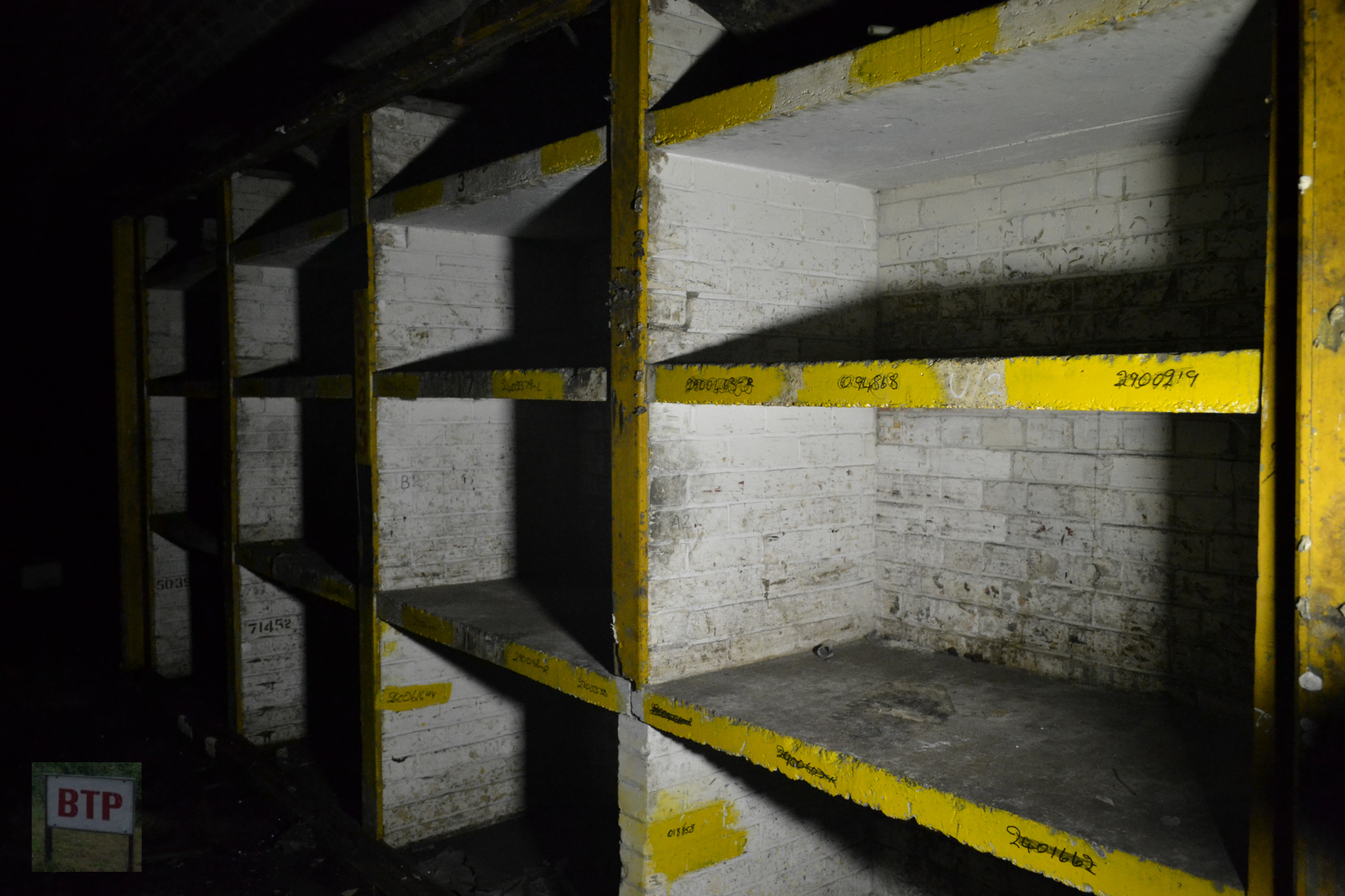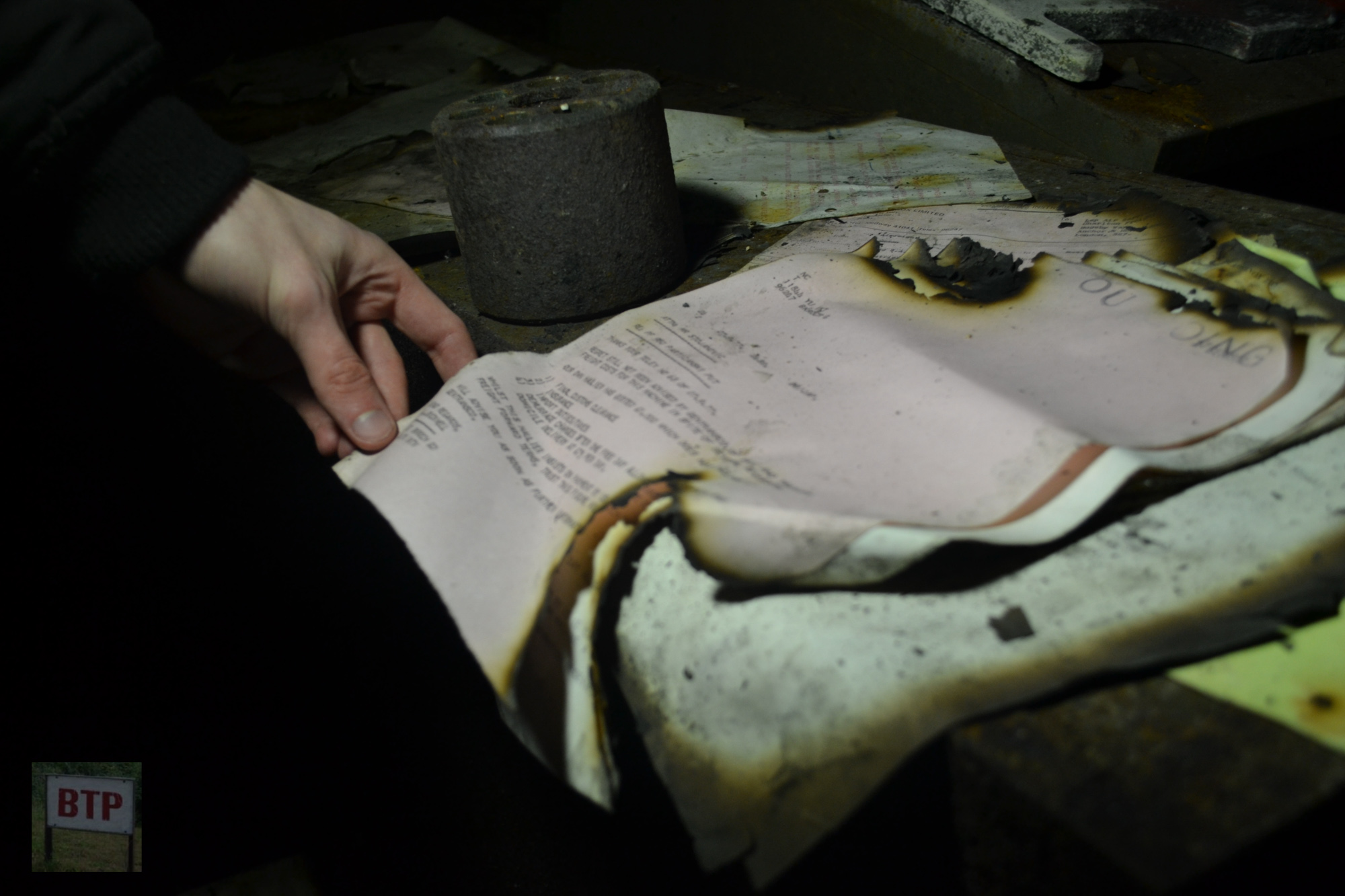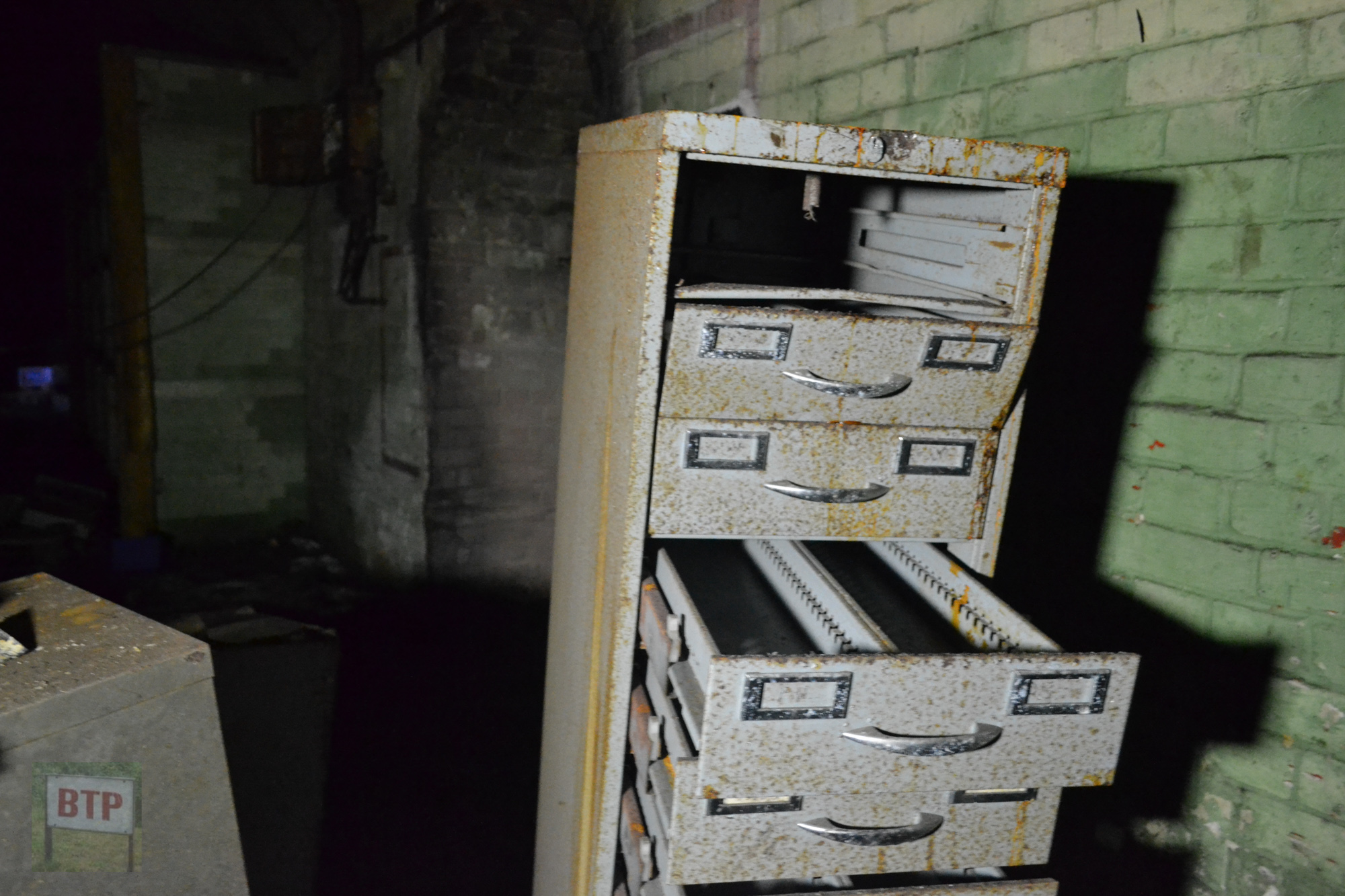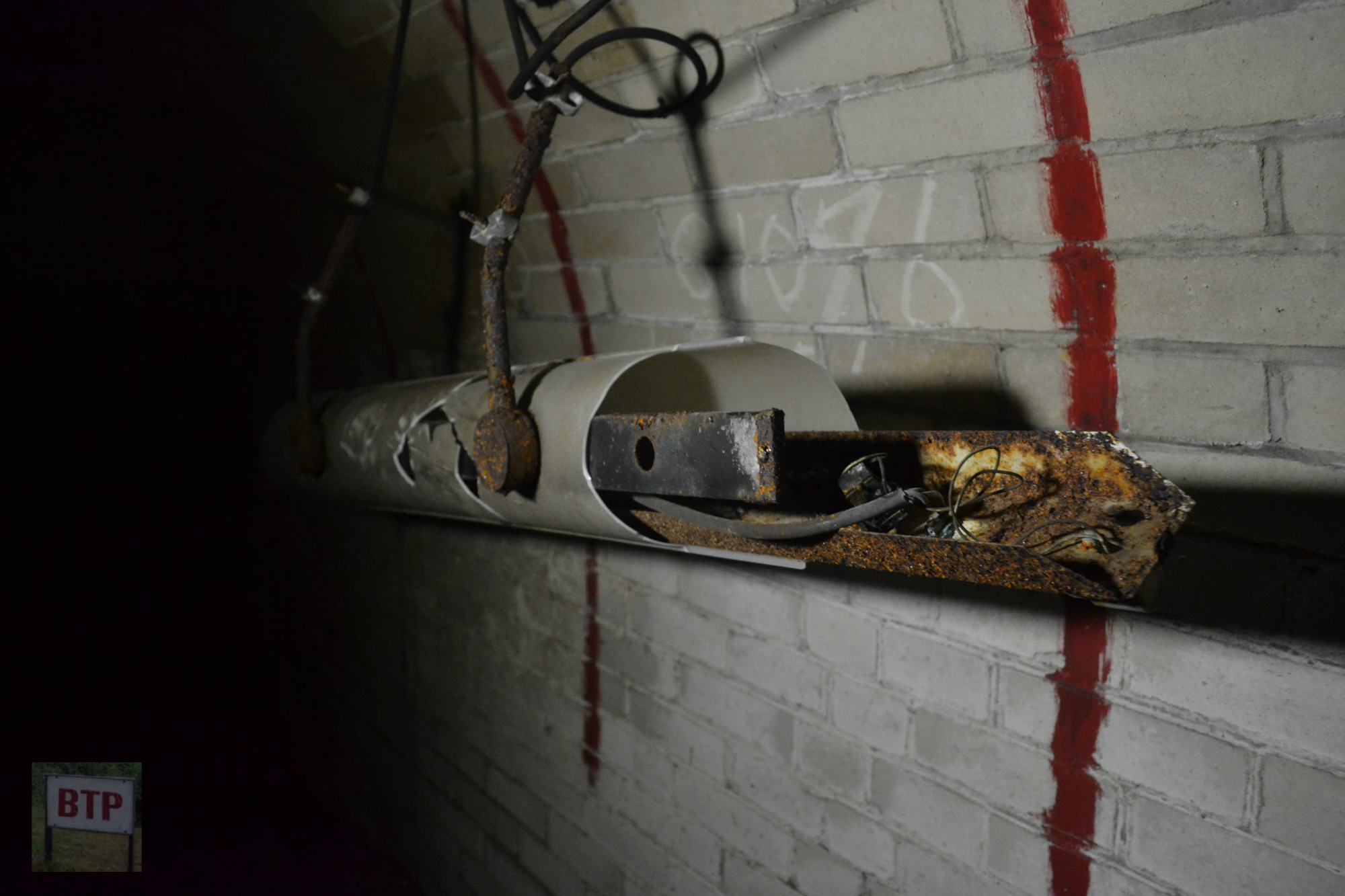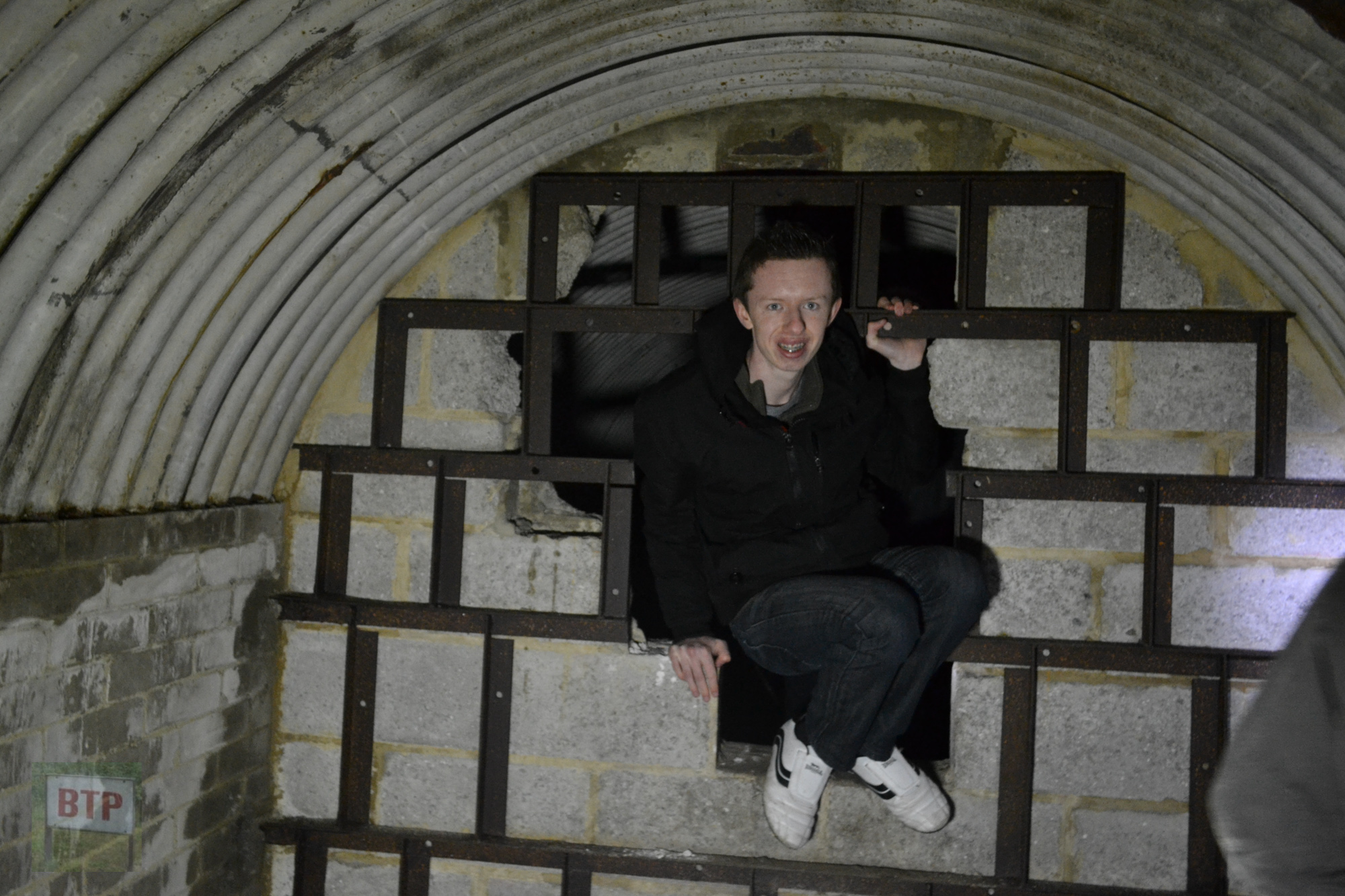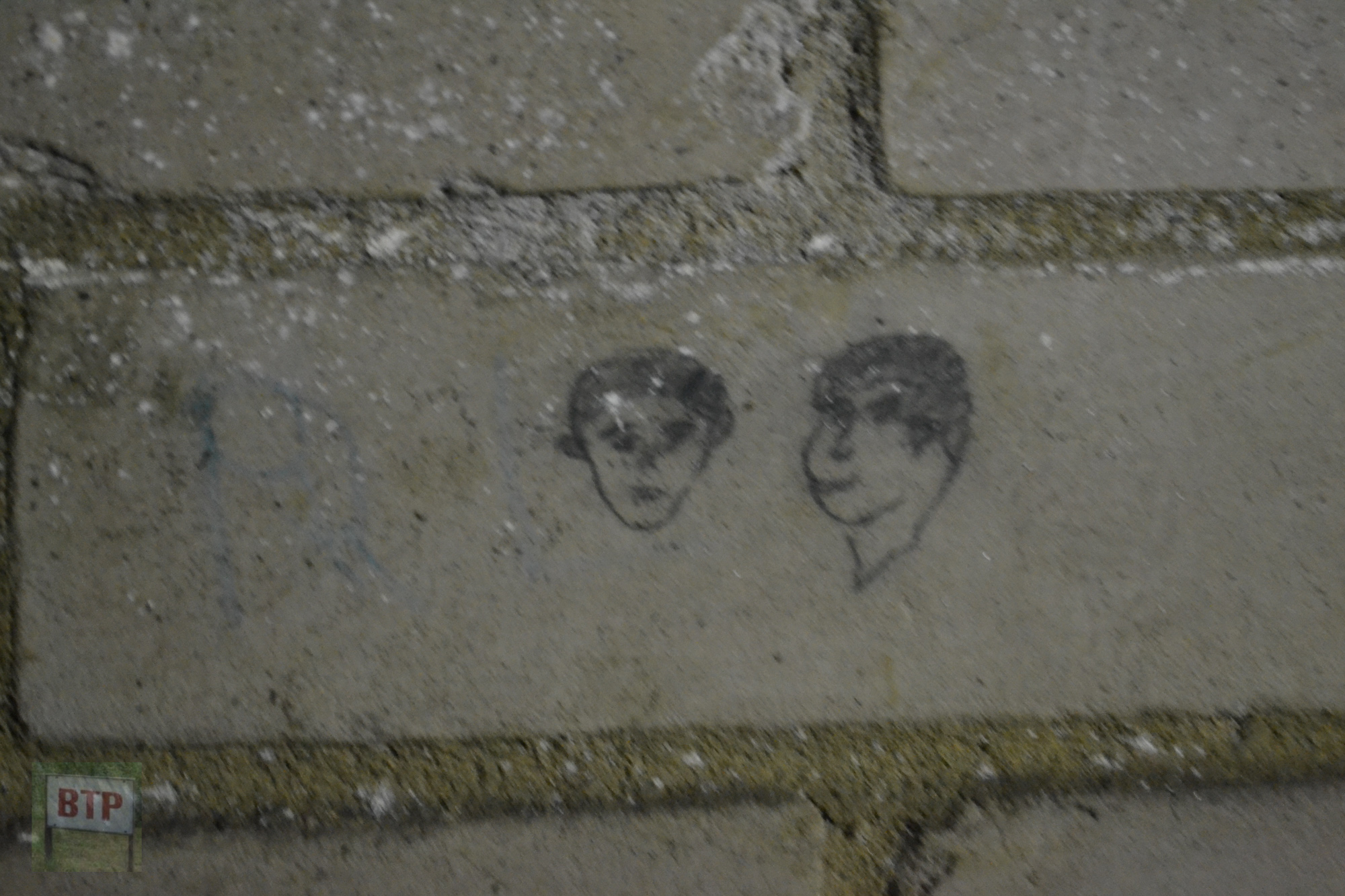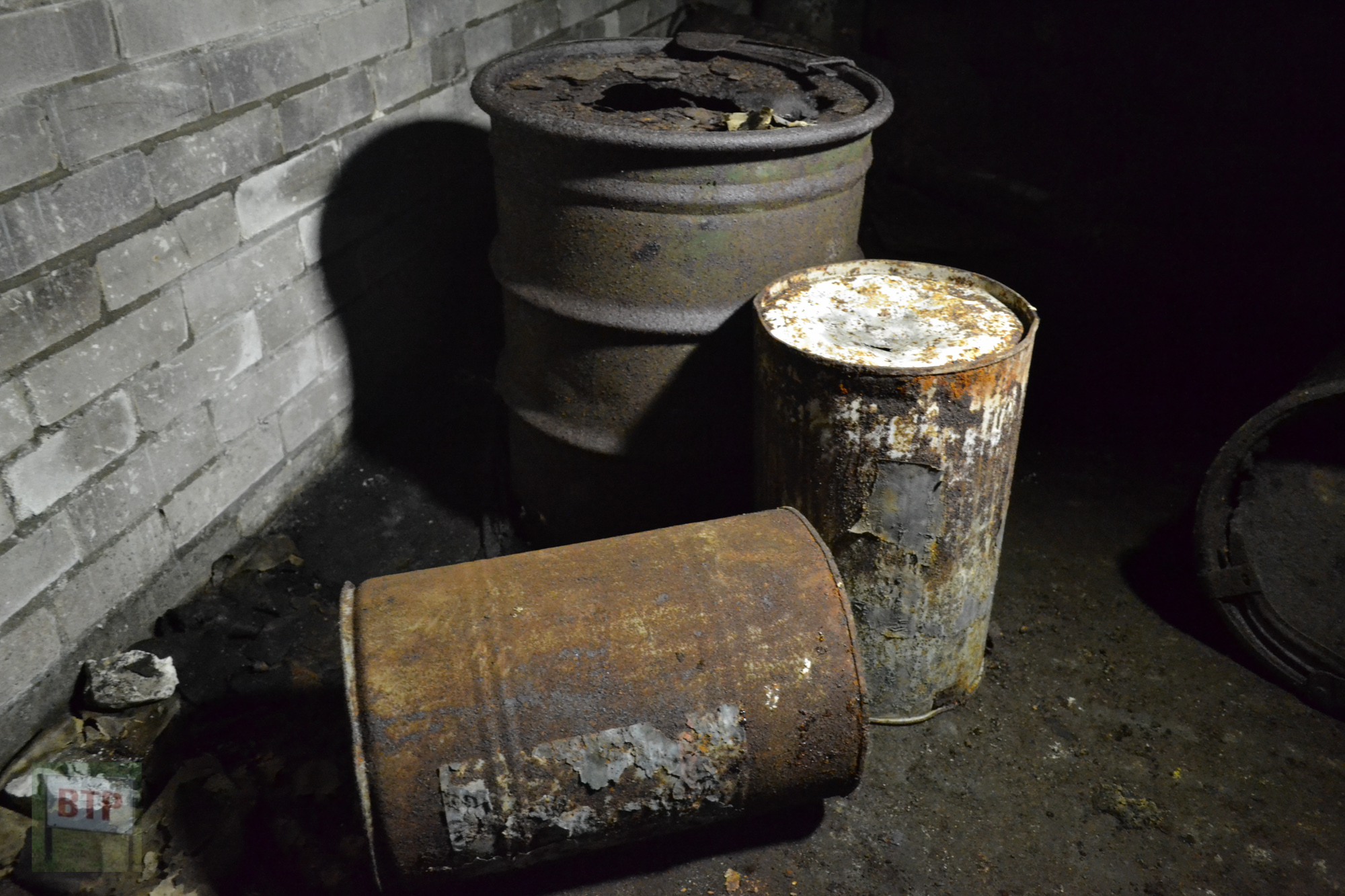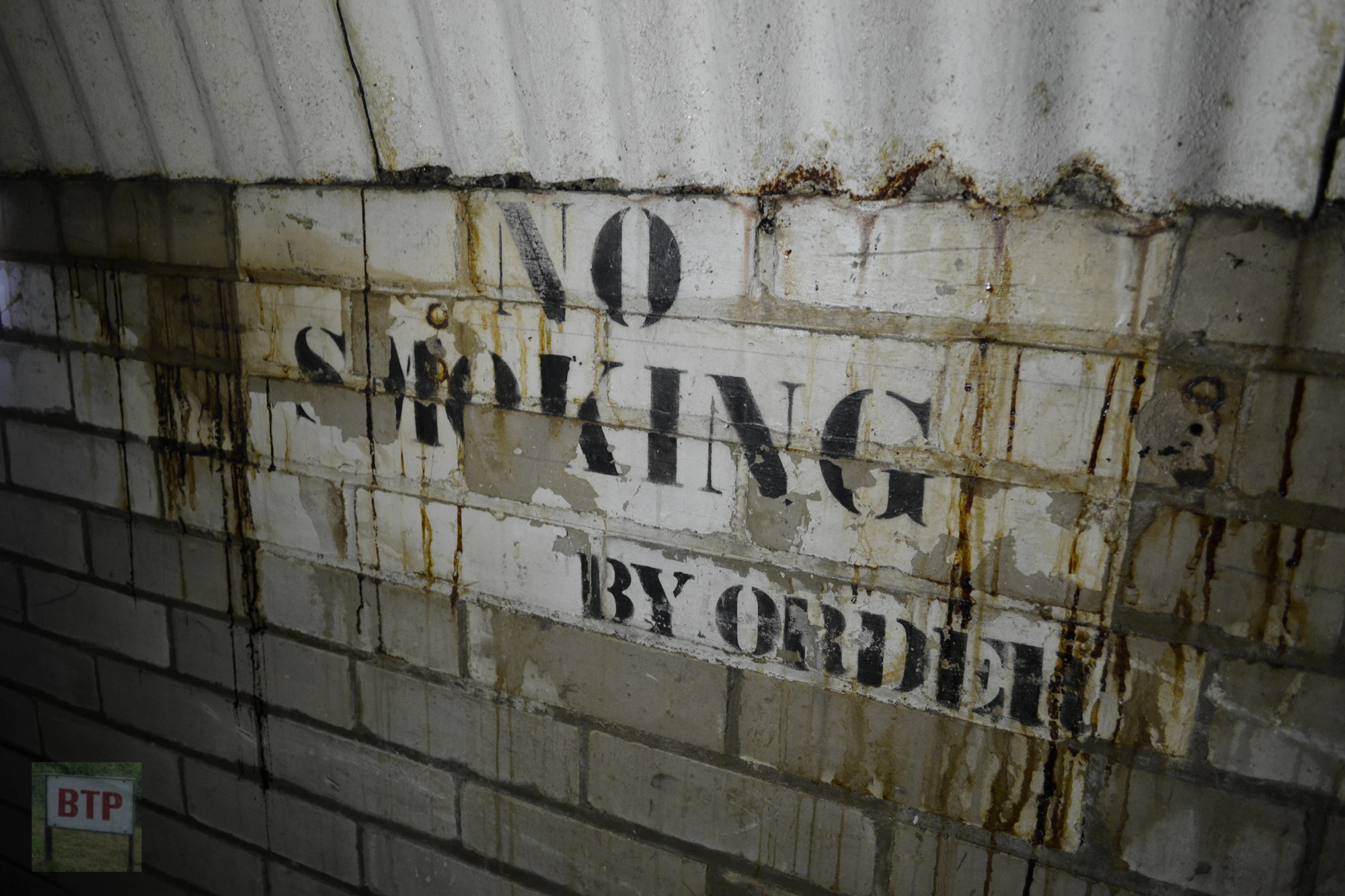“Aviation pioneers and their workforce founded Britain’s aircraft seaplane and flying boat industry”
Dating back as early as 1897, the Short Brothers had always had an interest in aviation. At the turn of the century they were already selling coal-gas filled balloons for people to fly, but it was the first flight by two brothers in 1903 that really intrigued them. Eustace, Oswald and Horace Short established their company ‘Short Brothers’ in 1908 and were the first company in the world to start manufacturing aircraft.
By 1913 they were making several types of aircraft, including the first tailless and first twin-engine aircraft’s on the planet. The success of the company meant that demands were becoming too much for their factories to cope with, so they bought a new site in Rochester for a new factory to be built. Known as ‘Seaplane Works’ they played an important role in the First World War, when they were contracted to supply military aircraft. Short Admiralty Type 184 (Short S.184) was the first aircraft to attack a ship – a Turkish ship during the Battle of Gallipoli. This was their most successful aircraft to be built up until WW2, with over 900 made from various manufacturers. The ‘Short Bomber’ was also made and sold to the Royal Flying Corps.
Throughout the 20’s and 30’s the company mainly produced flying boats, due to runways being not widespread enough. In 1928 they produced one of their most famous designs; Short Calcutta. They went on to win a Government defence contract for a military flying boat, the Sunderland, which was based on a modified design. The Sunderland Boat was one of the most effective long-range seaplanes in use.
During the Battle of Britain in the Second World War, the Rochester factory was heavily bombed by the Luftwaffe and several aircraft were destroyed. Their other factory in Belfast became even more important at this time, although even this site was eventually bombed. The brothers decided to build a new Rochester factory; this time underground where it was safe. A complex of tunnels were excavated, providing 12,000 square foot of space which was used both commercially and as air raid shelters.
The Government took over the ownership and management of Shorts under defence laws in 1943, although returned it after the war. The lack of demand for aircraft saw the company close the Rochester site and moved permanently to their Belfast Factory.
The tunnels saw various owners over the years and paving contractors Blaw Knox were the final owners. They left the tunnels in the 1990’s which saw the factories above the surface demolished. It’s thought that the company ‘Short Brothers’ is still running today, although called ‘Thales Air Defence‘, after a series of name changes in the latter 20th century.
With thanks to GracesGuide.co.uk.

